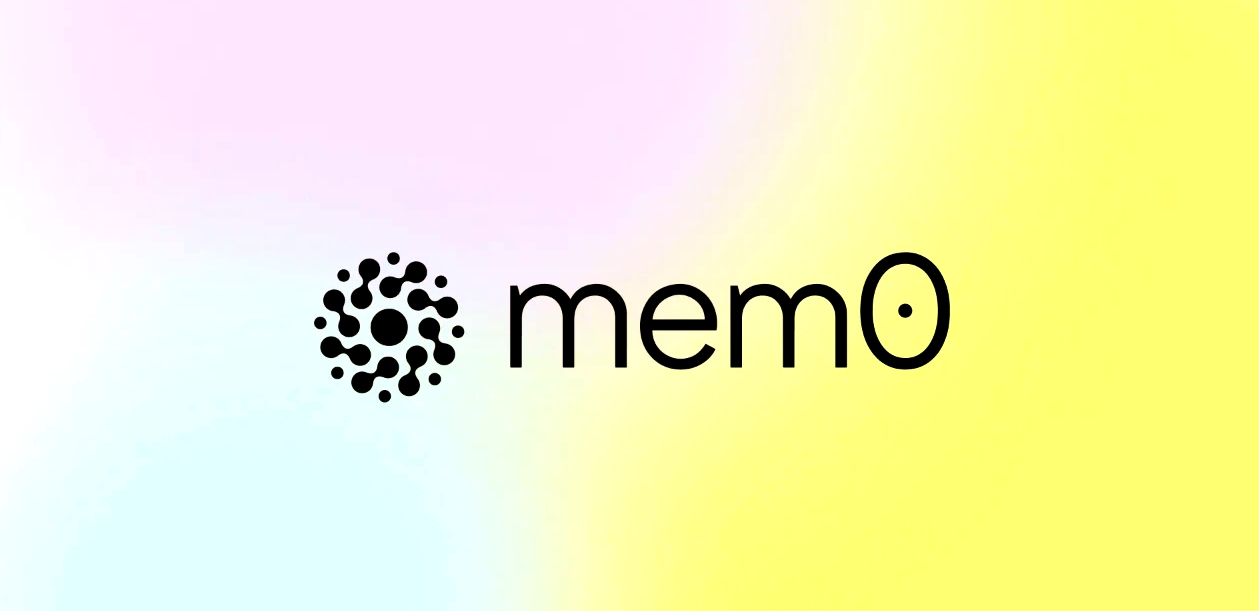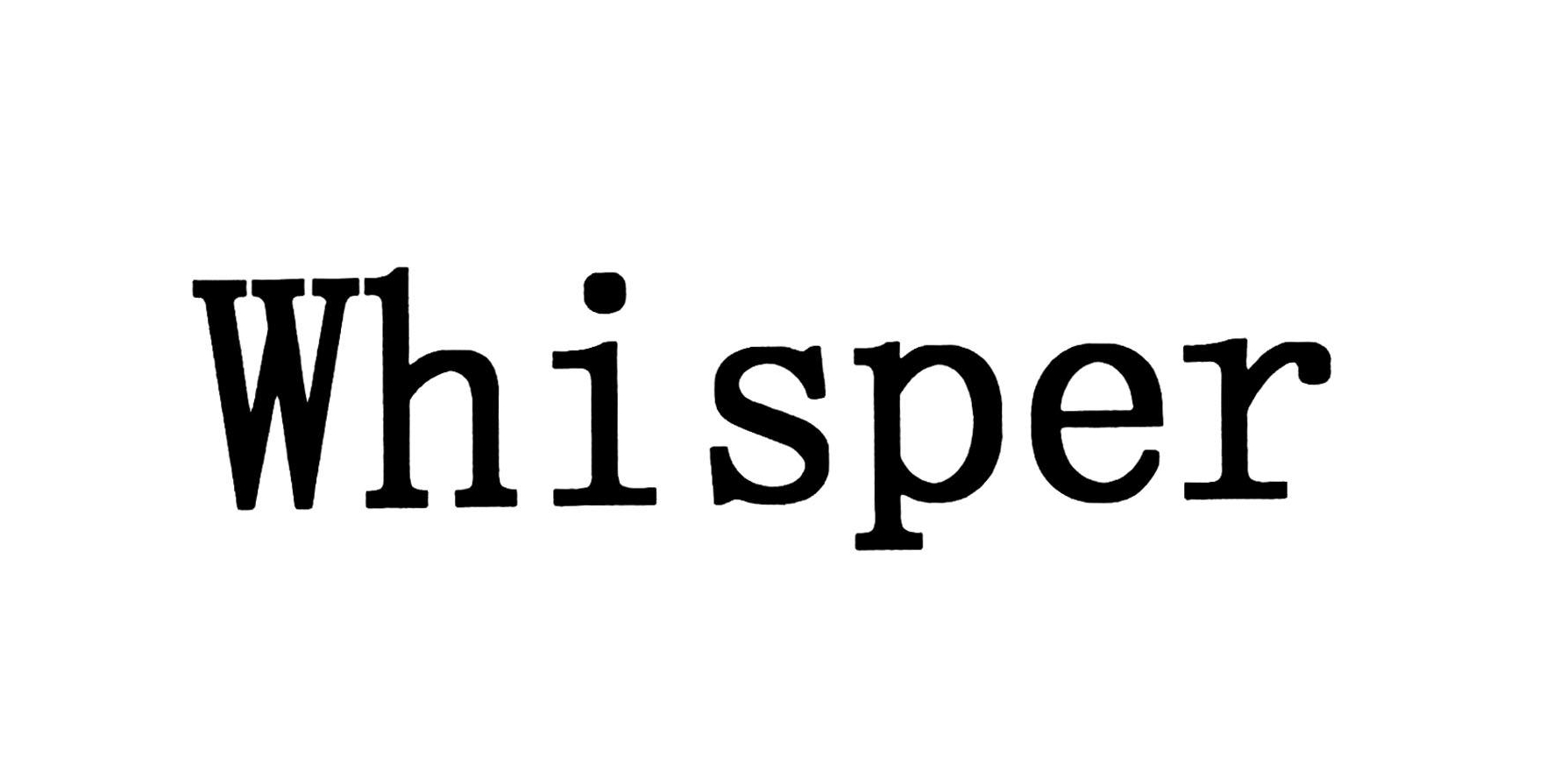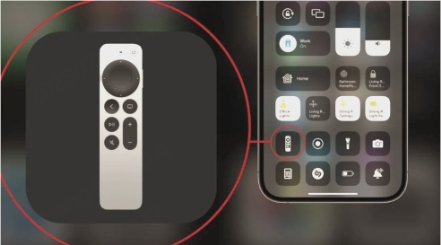mem0-大模型的长期记忆
1. 背景
最近在使用虾哥开源的小智机器人软件中,看到了mem0的软件方案,好奇之下搜索了一下,发现大有来头。在OpenAI 投资了 370 万美金给一个叫 Dot 的应用,这个应用背后的核心技术是「超强个性记忆」, Mem0 开源了Mem0的代码, 在 GitHub 上开源仅1天就斩获近万星,超越 RAG、为 LLM里和Agent提供长期记忆。
1 | # github |
那么mem0究竟是什么呢,可以做什么呢?我的理解其实是RAG和大模型的中间层,既相比于知识库的臃肿,大模型的小容量,mem0为大型语言模型(LLM)提供了一个智能且自我改进的记忆层,使AI能够根据用户的交互不断学习和适应,从而在各种应用中提供更加个性化和连贯的用户体验。
2. 原理和实现
Mem0 基于向量数据库实现记忆的存储和检索。它将用户的行为、偏好和历史交互编码为向量形式,并存储在向量数据库中。这种向量化的存储方式使得系统能够通过向量相似性搜索,快速找到与当前交互最相关的记忆。此外,Mem0 还利用了 LLM 的函数调用能力来实现记忆的存储和检索,这意味着 Mem0 可以与各种 LLM 系统无缝集成,借助 LLM 的强大计算能力来优化记忆管理,步骤如下:
- 记忆抽取:基于用户问题,让大模型做记忆抽取,提取事实和偏好。
- 问题向量化:对问题做embeding,基于语义做相似度的向量检索(top5)
- 基于抽取记忆和相关记忆,选择工具(call function),新增/更新/删除记忆,更新向量数据库qdrant和关系数据库sqlite
- 上报信息到mem0
2.1 记忆抽取
使用大模型记忆抽取prompt如下:
1 | Deduce the facts, preferences, and memories from the provided text. |
中文版本:
1 | 从提供的文本中推断事实、偏好和记忆。 |
比如问:山西有哪些景点:
1 | Deduce the facts, preferences, and memories from the provided text. |
提取结果:
1 | '- Interested in tourist attractions in Shanxi, China.' |
2.2 记忆更新
更新记忆:
1 | You are an expert at merging, updating, and organizing memories. When provided with existing memories and new information, your task is to merge and update the memory list to reflect the most accurate and current information. You are also provided with the matching score for each existing memory to the new information. Make sure to leverage this information to make informed decisions about which memories to update or merge. |
翻译:
1 | 您是合并、更新和组织记忆的专家。当提供现有记忆和新信息时,您的任务是合并和更新记忆列表以反映最准确和最新的信息。您还将获得每个现有记忆与新信息的匹配分数。确保利用这些信息做出明智的决定,确定要更新或合并哪些记忆。 |
add操作中用的数据库
- 向量数据库(默认qdrant) 主要用于语义相似性检索,取top,会把相似性打分喂给大模型,进行记忆的更新
- 关系型数据库(默认是sqlite) 主要用于存储所有的用户问题记录,用于查询所有的历史记录
add操作中用的大模型 - embeding模型(默认是mem0.embeddings.openai.OpenAIEmbedding) 主要用于对用户问题做embedding
- 生成模型(默认是mem0.llms.openai.OpenAILLM) 主要用于用户记忆抽取,记忆更新的工具选择
3. 如何使用
- 安装Mem0库:使用pip进行安装:
1
pip install mem0ai
- 设置环境变量:Mem0依赖于OpenAI的API,需要设置
OPENAI_API_KEY:1
2import os
os.environ["OPENAI_API_KEY"] = "your_openai_api_key" - 初始化Mem0:导入并创建Mem0的实例:
1
2from mem0 import Memory
m = Memory() - 添加记忆:通过
add方法存储非结构化的记忆,metadata提供额外的上下文信息:1
2
3result = m.add("我正在提高我的网球技能。请推荐一些在线课程。", user_id="alice", metadata={"category": "hobbies"})
print(result)
# 输出:Created memory: Improving her tennis skills. Looking for online suggestions. - 检索记忆:使用
get_all方法获取所有记忆:1
2related_memories = m.search(query="Alice的爱好是什么?", user_id="alice")
print(related_memories) - 搜索相关记忆:通过
search方法查询与特定问题相关的记忆:1
2related_memories = m.search(query="Alice的爱好是什么?", user_id="alice")
print(related_memories) - 更新记忆:使用
update方法修改现有的记忆:1
2related_memories = m.search(query="Alice的爱好是什么?", user_id="alice")
print(related_memories) - 获取记忆历史:通过
history方法查看特定记忆的历史记录:1
2history = m.history(memory_id="m1")
print(history)
应用场景
Mem0的设计使其适用于多种需要个性化和记忆功能的场景,包括但不限于:
- 个性化学习助手:通过记住用户的学习偏好和进度,提供定制化的学习建议和资源推荐,提升学习效率和效果。
- 客户支持AI代理:保留用户的历史交互信息,提供更准确和情境感知的帮助,提高客户满意度并缩短问题解决时间。
- 医疗助理:跟踪患者的病史、用药时间表和治疗计划,确保个性化和一致的医疗护理。
- 生产力工具:记住用户的习惯、常用文档和任务历史记录,简化工作流程并提高效率。
- 游戏AI:在游戏中,记住玩家的选择、策略和进度,并相应地调整游戏环境,创造更沉浸式的体验。
本博客所有文章除特别声明外,均采用 CC BY-NC-SA 4.0 许可协议。转载请注明来源 apostle的数字花园!
评论








